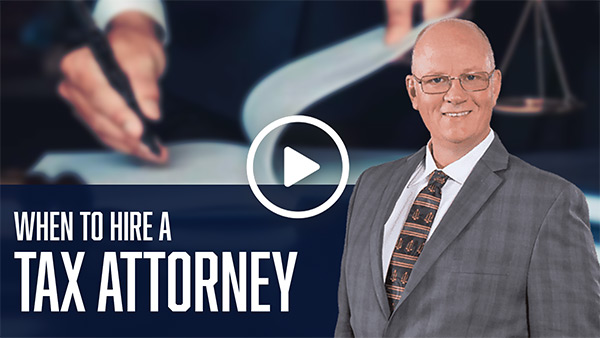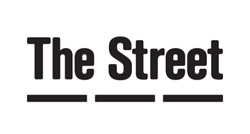
Date: 01/28/13
Topic: Taxation
The United States Government Accountability Office (GAO) recently released a study about how the IRS could increase revenues by better targeting enforcement resources. The study was initiated in part due to increased pressure on the IRS to reduce the tax gap. The tax gap is the difference between taxes owed and taxes paid on time. Resource limitations have been the principle reason why only a small fraction of returns get audited, generally, those of high-income high-profile earners because of a higher deterrent effect. However, the analysis concluded that some IRS reviews are more efficient than others.
In January 2012, the IRS estimated the tax gap was $450 billion in the 2006 tax year and that only $65 billion would be recouped from late payments and enforcement actions. To address this ongoing problem the IRS has started several programs that when combined, monitor and correct many of the most common problems and errors. Programs include the: 1) Math Error Program; 2) Automated Under Reporter Program; 3) Automated Substitute for Return Program; 4) Correspondence Examinations; and 5) Field Examinations. According to this study, correspondence and field exams accounted for more than 80 percent of the total administrative costs. What’s more, it is estimated that the cost per case for field exams is many times greater than those for correspondence exams.
It is in the examination area where the inefficiency is most pervasive. For example, the IRS spent almost 20% of its 1.6 billion a year budget on exams of individuals earning more than $200,000, even though such returns only accounted for 3% of the total returns filed. The GAO also observed that although field exams of individuals earning $200,000 or more produced more direct revenue per dollar, correspondence exams were significantly more productive across all income brackets. It is the conclusion of the GAO report that the IRS would benefit from using this cost benefit analysis to inform its allocation of resources. The report states, “a hypothetical shift of a small share of resources (about $124 million) from exams of tax returns in less productive groups shown to exams in the more productive groups could have increased direct revenue by $1 billion over the $5.5 billion per year IRS actually collected (as long as the average ratio of direct revenue to cost for each category of returns did not change).”
In response, IRS acting commissioner Steven T. Miller asserted, “The IRS is committed to the optimal allocation of our enforcement resources…That is why we select workload strategically. It is also why we account for factors other than just direct return on investment when allocating resources across programs or categories of work.”
It is clear that enforcement actions are being scrutinized for systematic waste and that efforts are being taken to explore more cost effective ways of looking into all taxpayers that have willfully or otherwise not complied with tax filing, reporting, and payment requirements. Don’t let yourself be one of the individuals targeted for investigation. If you find yourself in the position of facing an audit or worse it is vital to seek advice from a knowledgeable and experienced tax attorney.
















